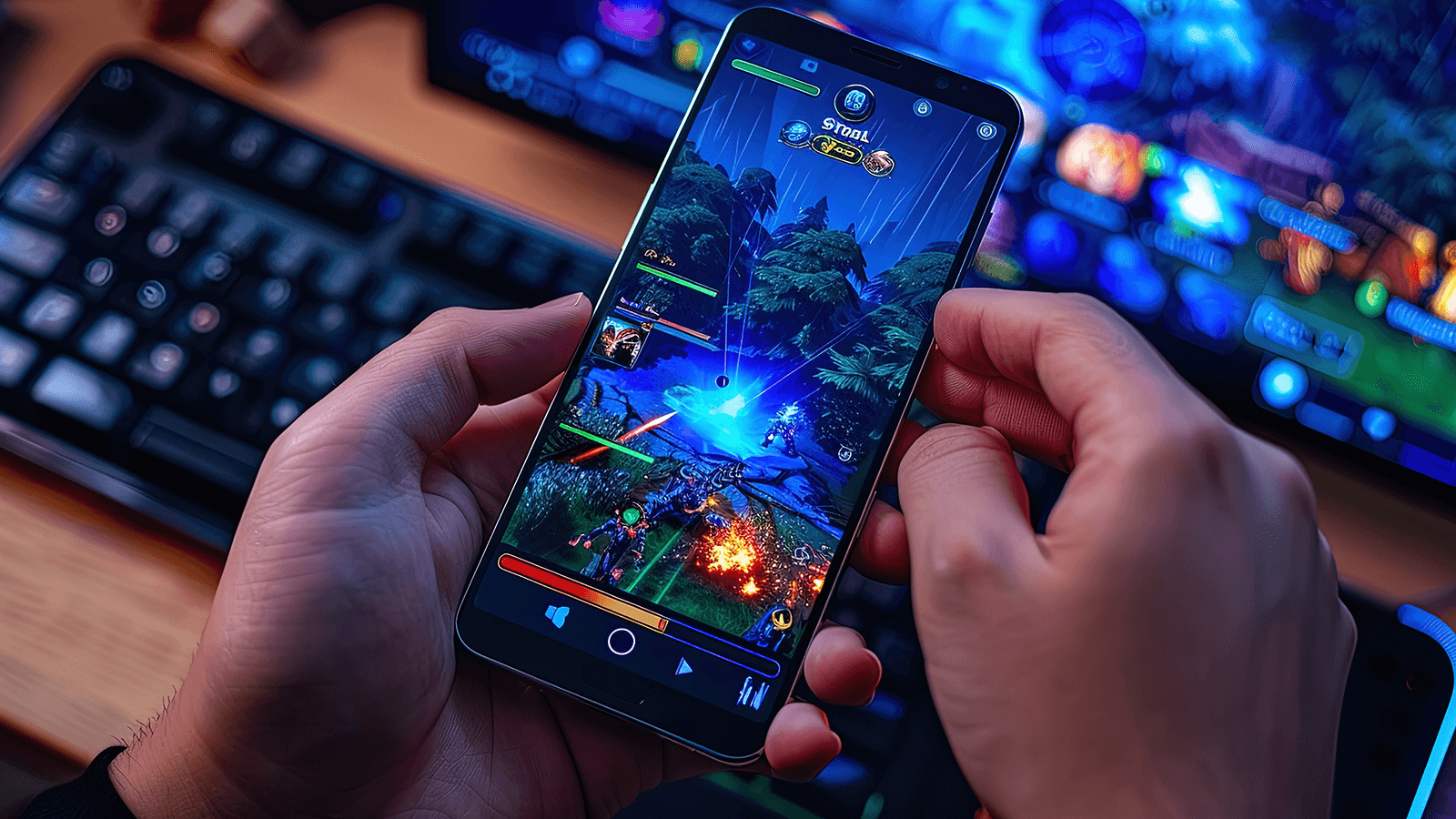
How To Ace Your Mobile Game Monetization Strategy
A monetization strategy is like the Rubik’s cube of developing and publishing a mobile game; it can be hacked but it takes time and experience. If you know it well enough, you can implement it with success.
The market is saturated with good mobile games – great ones, even – that don’t manage to stay afloat due to poor monetization strategies. This blog post will give you a simplified rundown of some top tips to help you ace your mobile game monetization strategy.
Tip 1: Model It Out
Having a successful mobile game is not carte blanche for you to leverage every possible revenue stream out there. The more specific your monetization streams are, the more likely they will generate a bigger payout.
This involves choosing the monetization model that your mobile game will be built on; you can combine models and create one that fits your goals. Some monetization models include in-app purchases, subscription models, ads, and more.
Tip 2: Don’t Annoy The Player
Monetizing your mobile game is a tricky balancing act. On one hand, you want your mobile game to generate revenue, and on the other hand, you want your players to stay happy. Regardless of the monetization model you have decided to go with, the bottom line is to not be annoying with implementing it; a great mobile game puts user experience before anything else.
Don’t let your game’s monetization features get in the way of the player’s experience, especially not right off the bat. Overloading players with a pop-up or purchasing prompt every few minutes will not drive revenue – in fact, it will probably push players away. Allow your players the time and space to download your game, play and experience it uninterrupted, and form a relationship with it before you bug them about paying for anything.
Tip 3: Use The Sandwich Method
The sandwich method is commonly referred to as a way to cushion “bad news” or criticism; you give someone a compliment, then you share your criticism with them, and then you follow up with another positive comment. While this method may seem like it has nothing to do with mobile game monetization, it’s rather relevant.
Use the “good news, bad news, good news” sandwich method and think of your in-app purchase pop-up as the “bad news” here. Share something positive with players, like a free level-up bonus, before you cue your in-app purchase pop-up. Afterward, follow up with a positive message like: “You’re awesome!” to close out. This way, you’re more likely to ensure that you monetize your mobile game without undermining the player’s emotions.
Tip 4: Know Your Players
Knowing your players should be a rule of thumb from day one but it especially matters when considering factors that might cause any inconvenience, like ads. It’s true that ads can negatively impact user experience, but not all ads are created equal.
As a player, there’s nothing more offputting than having to view ads that are completely irrelevant. Well-targeted and localized ads can go a long way as opposed to random ads that are completely unrelated to a player’s interests. The mobile game ads you run will be an indication of how well you know your players – that’s why it’s critical to be selective with the content you choose to advertise.
Tip 5: Engage and Incentivize
Keeping your players engaged should be one of your lifelong missions – after all, an engaged player is more likely to be a return user, and return users translate to loyalty and happiness. You can engage players by providing them with exclusive updates, discounts, rewards, etc.
When your players are engaged, they’re more likely to respond positively to your monetization tactics especially if you include appealing incentives. Examples of incentives that promote engagement include rewards, extra lives, surprise bonuses or boosts, and so on.
As the MENA’s leading mobile games publisher, Tamatem Games is a great resource for game developers looking to build a monetization strategy as part of their publishing process.


